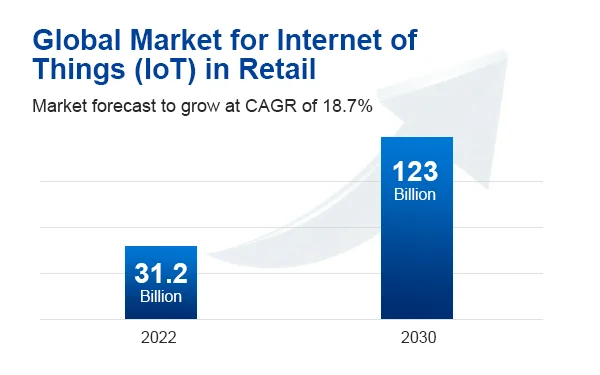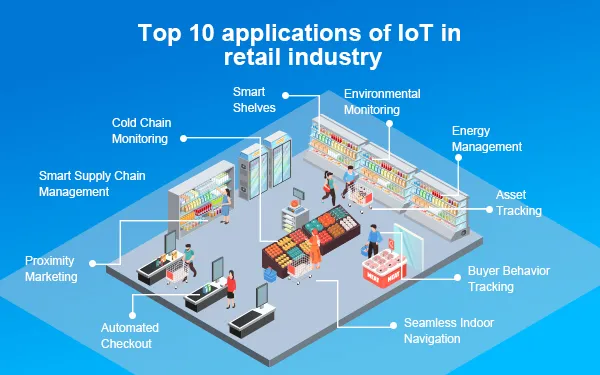- Produkte
- Lösungen
Lösungen
Nutzen Sie die Leistungsfähigkeit des IoT mit unseren intelligenten Lösungen. Schaffen Sie Innovationen und Transformationen schneller mit unserer führenden IoT-Expertise.
- Anwendungen
Anwendungen
Innovation ohne Grenzen. Erwecken Sie Ihre kühnste IoT-Vision mit unseren vielseitigen Anwendungen zum Leben.
- Dienstleistungen
Dienstleistungen
Arbeiten Sie mit uns für den Erfolg zusammen. Unsere außergewöhnlichen Dienstleistungen liefern Ergebnisse und Mehrwert für Kunden und Partner.
- Ressourcen
Ressourcen
Stärken Sie Ihre IoT-Reise. Experteneinblicke, Neuigkeiten und Veranstaltungen, Dokumentation – Finden Sie unseren Reichtum an Ressourcen.
- Über
Warum MOKO
Die intelligente Wahl für IoT-Innovationen. Unsere Erfahrung und Technologie weisen den Weg.
- Kontakt
- Produkte
- Lösungen
- Anwendungen
- Dienstleistungen
- Ressourcen
- Über
- Kontakt






























